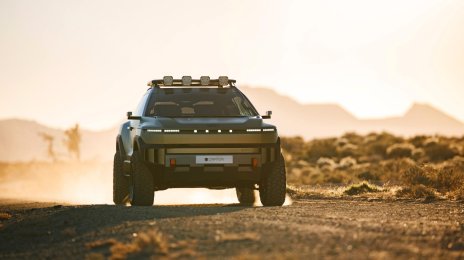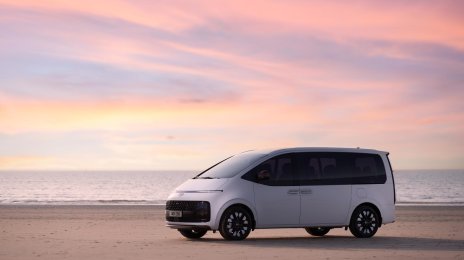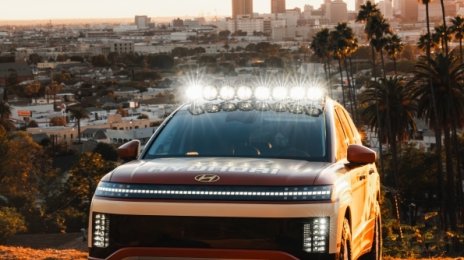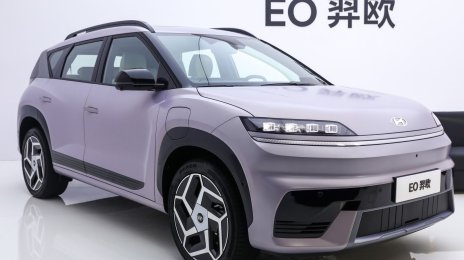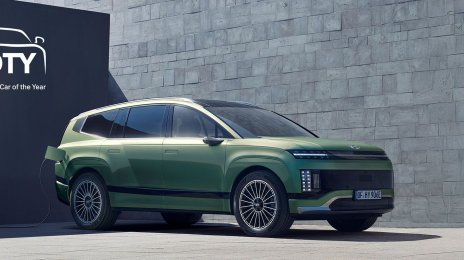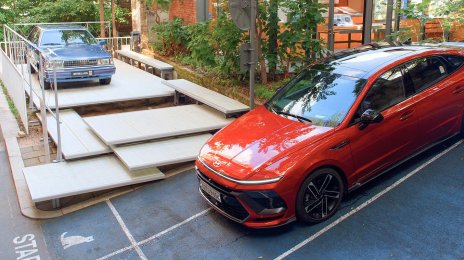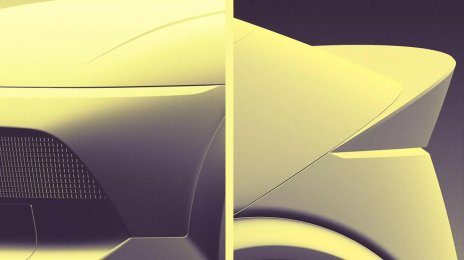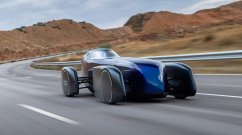Hyundai overview
History
The Korean word “Hyundai” means “modern” and showcases Hyundai’s commitment to producing innovative, high-quality vehicles at affordable prices.
The first car of Hyundai Motor India Ltd (HMIL), the Hyundai Santro, was launched on September 23, 1998 and was a big hit. Within a few months of its inception, HMIL became the second largest automobile manufacturer and the largest automobile exporter in India. To support its growth and expansion, Huyndai currently has over 1000 strong dealer networks and more than 1,309 strong service points throughout India.
Hyundai has two manufacturing plants in Irungattukottai and Sriperumbudur in Tamil Nadu, both of which have an annual production capacity of over 7.4 lakh units. The two plants are also used to export models all around the world, particularly to 92 countries across Africa, Middle East, Latin America, Australia, and Asia. It has been India's number one exporter for the last 10 years consecutively.
Logo
The logo of Hyundai represents the handshake between the company and its customers. It implies that Hyundai prioritizes the customer’s experience and how the company puts trust above all else.
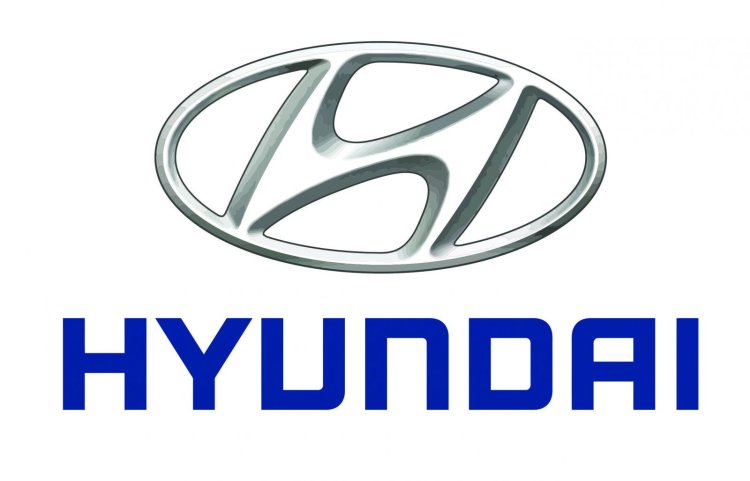
Hyundai cars
Hyundai caters to a variety of segments, ranging from hatchbacks, sedans to SUVs, that are studded with safety and convenience features. Hyundai India has launched 18 models up to now and is still selling 12 models, out of which, 4 models have a life of over 10 years. Hyundai has 4 upcoming cars in India including New Elite i20, Tucson Facelift, Seven-Seater Creta, and New Elantra.
Let’s refer to the list of ongoing Hyundai cars below.
| STT | Brand model | Launching year | Ex-show room price |
| 1 | Hyundai Santro | 2018 | Rs. 4.57 Lakh Onwards |
| 2 | Hyundai Grand i10 | 2013 | Rs. 5.89 Lakh Onwards |
| 3 | Hyundai Grand i10 NIOS | 2019 | Rs.5.06 Lakh Onwards |
| 4 | Hyundai Elite i20 | 2008 | Rs.6.49 Lakh Onwards |
| 5 | Hyundai Aura | 2020 | Rs. 5.79 Lakh Onwards |
| 6 | Hyundai Xcent | 2014 | Rs.5.81 Lakh Onwards |
| 7 | Hyundai Verna | 2006 | Rs. 9.3 Lakh Onwards |
| 8 | Hyundai Elantra | 1992 | Rs.17.6 Lakh Onwards |
| 9 | Hyundai Venue | 2019 | Rs.6.7 Lakh Onwards |
| 10 | Hyundai Creta | 2015 | Rs.4.57 - 6.25 Lakh |
| 11 | Hyundai Tucson | 2004 | Rs.18.76 Lakh Onwards |
| 12 | Hyundai KONA Electric | 2008 | Rs.23.75 Lakh Onwards |
Popular models
Hyundai Grand i10
Hyundai Grand i10 is a good looker thanks to its impressive styling, roomy interior and practicality. The 2020 Grand i10 is bigger than the preceding ones with the longer wheelbase. The lighting system of the Grand i10 features Halogen headlights with LED DRLs and sportier fog lamps. The rear end looks stronger, with a large black plastic bumper in the rear. The taillights are designed with a sharp twist combined with the brake lights placed on high. Hyundai Grand i10’s interior is studded with a number of striking features, namely the dual-tone theme, a deep-set instrument cluster, a standard leather three-spoke steering wheel, four large circular AC vents, a high-mounted gear-shift level, a large 8.0-inch touchscreen display with smartphone mirroring and a fully-automatic climate control console.
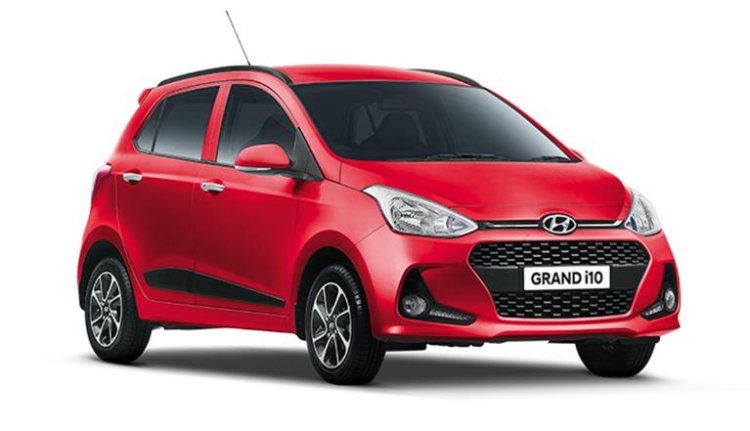
The Hyundai Grand i10 is available in two engine options - a 1.2-litre, 4-cylinder petrol motor paired to either a 5-speed MT/4-speed AT. The Hyundai Grand i10 has made a name for itself as an impeccable family car in the segment of Indian hatchback.
Hyundai Creta
First debuted in India in 2015, the Hyundai Creta has soon become one of the best selling models and features what drivers would want from a Hyundai car. The Hyundai Creta 2020 is redesigned with a massive hexagonal grille that is outlined by a chrome strip and three-element LED headlamps with the LED DRLs. The bulging boot section makes the rear look muscular and the black strip that connects the tail lamps help the Creta look unique. The flared wheel arches along with the sloping roofline make it look stylish.
The brand new Creta’s cabin has the conventional but visually eye-pleasing dash design. It is loaded with a large TFT screen that shows you loads of information including speed, trip and tyre pressure, Android Auto and Apple CarPlay connectivity, electronic parking brake, cooled front seats, paddle shifters for the automatic variants, and an air purifier. There are loads of storage spaces in the Creta’s cabin which has a capacity of 433 litres and a well shaped luggage compartment. The Creta also features a 60:40 split-folding rear seat for extra convenience.
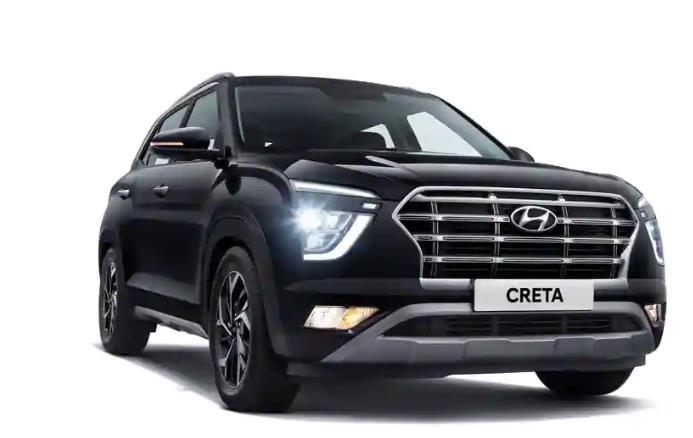
The new Hyundai Creta offers two petroleum and one diesel motor choice. The turbocharged petroleum engine can create 140PS and 242Nm, but the Creta's turbo-petroleum variation isn't accessible in a manual gearbox alternative. Meanwhile, the 1493 cc diesel engine generates a power of 113.42 BHP and a torque of 250.06 Nm. Hyundai Creta offers both manual & automatic transmission. The Creta is able to reach a 0-100kmph time of 9.4 seconds. If the old vehicle used to feel sloppy and somewhat nervous at high speeds, the new Creta feels unshakable and straight-line strength is great.
Hyundai Venue
The Hyundai Venue has taken the Indian automatic field by storm and it is best suited for short commutes. The Venue is better known for its well-built interior studded with a leather-wrapped steering wheel, heated front seats, and passive entry with push-button start which is optional on the SEl but standard on the Denim. This SUV also offers a spacious cabin with the 60/40 split-folding rear seats in use. The Venue offers an enjoyable infotainment experience thanks to a 8.0-inch touchscreen that includes user-friendly controls, standard Apple CarPlay and Android Auto as well as attractive menus and tuning knobs below the screen. If the base SE has a four-speaker audio system, the SEL and Denim makes it six. The Hyundai Venue is a good choice as a family transporter as it comes standard with driver-assistance technology, such as forward-collision warning and automated emergency braking, lane-departure warning and lane-keeping assist, driver-attention warning. Particularly, the compact SUV is also equipped with an advanced BlueLink system which offers 33 connected functions, 10 of which are specifically designed for India.
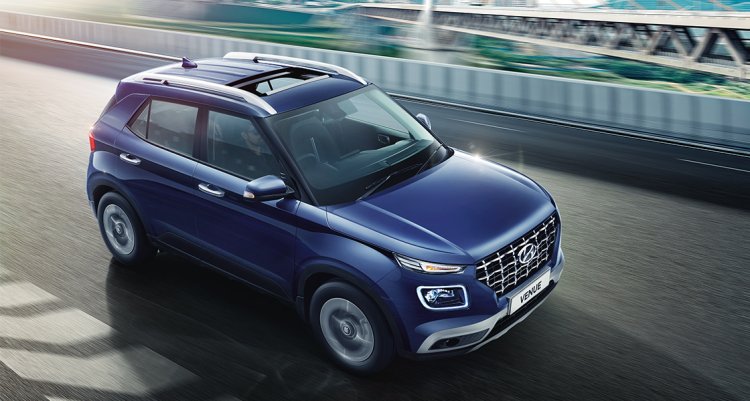
The 2020 Hyundai Venue is powered by either two types of petrol engine or a diesel one. If a 1.2-litre normal petrol which can generate 83PS and 115Nm and is paired with a 5-speed manual transmission, 1.0-litre turbo petrol with a 6-speed manual or a 7-speed dual-clutch automatic transmission makes 120 PS and 172NM. The 1.4-litre turbocharged diesel engine is available with a 6-speed manual transmission which can deliver 90PS and 220Nm.
Conclusion
All in all, Hyundai has marked a successful entry into the segment of SUVs and hatchbacks in the Indian market. Almost all Hyundai models in India have experienced skyrocketing popularity and outsold its vehicle class competitors. Hyundai in India also non-stop re-designs and launches new cars with big updates and intuitive technologies to satisfy customers’ demands. For those who tend to purchase a car, Hyundai’s transporters are worth consideration since they are the perfect fusion of beauty, technology and safety, promising a blissful driving experience.
